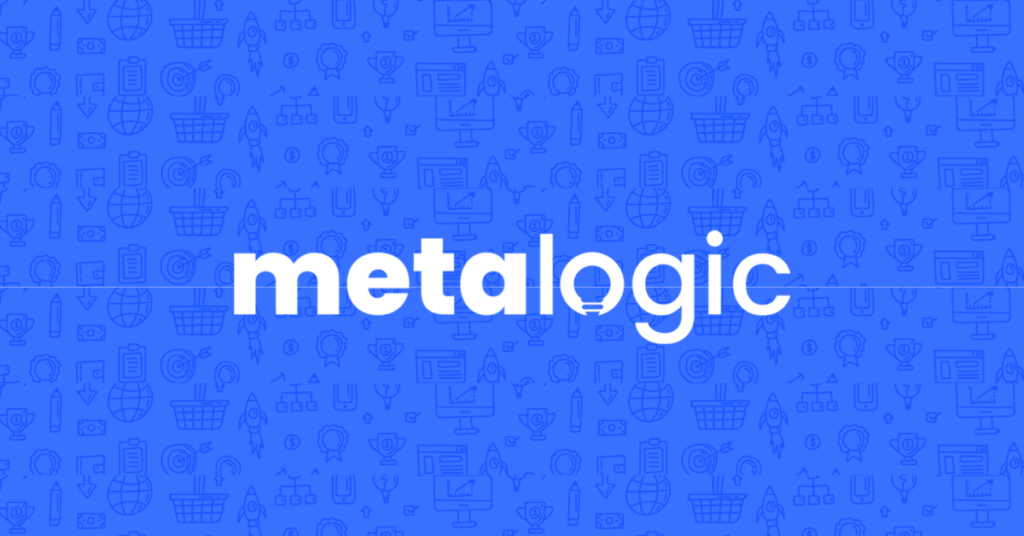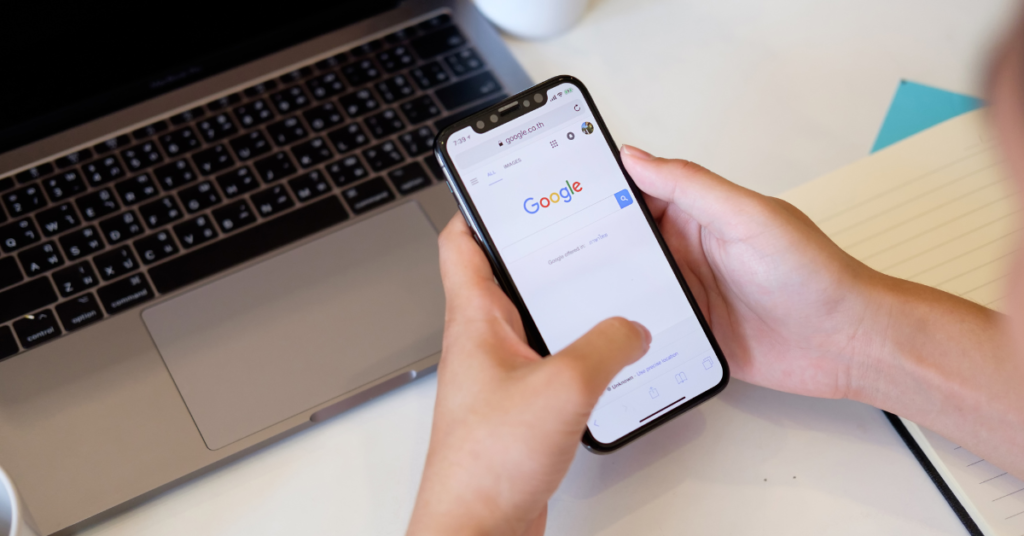The Sales Funnel & High Intent Keywords

Nick Czerwinski
PPC & Local SEO Specialist
In today’s digital landscape, understanding consumers’ keyword intent to search for products and services is crucial for any business looking to drive conversions. High-intent keywords are specific types of keywords that indicate a user’s level of motivation and intent to make a purchase. By identifying and targeting these keywords, businesses can reach consumers who are further down the sales funnel and more likely to convert. In this blog, we will be diving into the benefits of using high-intent keywords and providing tips and strategies for identifying and targeting them in your SEO and PPC campaigns. Whether you’re a small business owner or a digital marketer, this guide will help you drive conversions and find motivated consumers
Understanding the Concept of a Sales Funnel
A sales funnel is a marketing term that depicts the visual representation of your customer’s journey, following the sales process all the way from awareness to purchase.
There are several pieces to the sales funnel, typically known as the top, middle, and bottom of the funnel.
The funnel illustrates the notion that every sale begins with many potential buyers. As the buyers continually trickle down the funnel, you are left with a small number of customers ready to pull the trigger or move on.
Importance of the Sales Funnel in Marketing
By using and understanding the sales funnel, you gain an understanding of what your potential buyers are thinking and what they are doing at that particular stage in their buying journey. The data gathered from the funnel allows businesses to invest in the right marketing strategies to create the proper draw for clients at each stage and begin turning potential clients into cold hard cash.
Exploring the Stages of a Sales Funnel
Stage 1: Awareness
The first stage of the sales funnel is labeled the “awareness” stage as it is where your buyers are first aware of the product or service that you are selling. Those in this stage tend to have heard about your business through advertisements, word of mouth, or social media.
Depending on your skill and marketing ability, you can begin to lead your buyers further along the funnel to the middle and lower stages. The buyers in the middle and lower stages are the ones you need to pay the most attention to as they have moved past the first stage and have shown potential interest in buying.
Stage 3: Decision
Once locked and loaded with information about your company and others, buyers will begin to research your company’s pricing options and are nearing a decision. To aid this process, we recommend getting in touch with the buyer. This can be in the form of a call, email, form, etc. Put your best foot forward and field any questions that your buyer might have.
Honestly, I consider him part of my Team as well, he really cares about our success. As we grow, he will grow with us. I’m excited about the journey and future with Mike and his Team at Metalogic! If you’re looking at Internet Marketing for your business, simply put he’s the best!

Chris Chustz
Owner, Family First Mortgage
Best Practices and Common Mistakes in Google PPC for Sales Funnel Optimization
Do: Use Keywords With A High Intent To Buy
As we explained earlier, focusing on buyers that are further along the sales funnel is an almost guaranteed way to see a boost in customers. By sending the right message to clients at the right stages, you can begin to see easy wins if you know how to set your Google Ads campaign properly.
By using keywords that are associated with a high intent to purchase such as “near me”, “*product* in *city*”, “in my area” etc., you are already setting yourself up for success as buyers who search for these terms are further down the funnel and are actively looking for a business to solve their problem today.
Don’t: Use Keywords With Low Intent
Using broad, low-intent keywords is an easy way to burn a hole in your wallet. Google Ads campaigns should look to avoid keywords and phrases that aren’t specific enough to their objective or those that ask a question. Broad searches and questions are killers of PPC campaigns for small businesses and Google Ads agencies. They signify buyers who are at the top of the funnel and have no intent to make a purchase at this very moment.
Keywords to avoid
- “What is”
- How
- “Before and after”
- Who
- Price
- Where
Do: Use Negative Keywords To Your Advantage
Negative keywords are a means of preventing ads from showing to people who search for an item or service related to the one you are advertising for.
Why would we do that?
Building an effective PPC campaign means that marketers are continuously expanding and adding keywords as well as refining the keywords that we are already bidding on.
Negative keywords give us the opportunity to ensure that we are relaying the proper message to the right customers at the right stage of the funnel.
For example, let’s say you’re a turf company that installs custom putting greens (Check our case study here). You’ve added an amazing keyword such as “custom putting green installation near me” to your ad group. But, when you see your search terms, your ad shows up in the search “do it yourself putting green installation”. Now we wouldn’t want that right? The user looking to do it themselves clearly is not interested in hiring a professional to do the work. What we then do is add “do it yourself” as a negative keyword so our ad does not show up for people looking to do it themselves.
Don’t: Use Short-tail Keywords
What are short tail keywords? Short tail keywords are keywords that are typically 1-3 words long and are known to be extremely broad. They typically have a higher search volume as they are broader and lead to more website visitors.
Why avoid them?
While these broader keywords do lead to more website traffic, they tend to invite traffic of lesser quality. The poor quality of the traffic generally means these users are at the top of the funnel and are not looking to convert just yet.
Do: Use Long-tail Keywords
Long tail keywords are keywords that are typically 3 or more words and are more specific when describing the desired action the marketer wants to take place. Unlike its counterpart, long-tail keywords tend to have a lower search volume than short-tail keywords. While there may be less traffic coming to your site, the visitors that long-tail keywords attract are of higher quality and are typically lower in the funnel than the visitors that result from short-tail keywords.
Custom Marketing Plans Starting at $500 / month
Our Role in Optimizing Your Sales Funnel with High Intent Keywords
Unfortunately, Google has become a pay-to-play space where businesses can get lost in trying to make sense of it all and waste thousands of dollars trying to make sense of it all. There are hundreds of factors that come with creating a marketing campaign that’s out of this world and it’s easy to get lost in the sauce. That’s where we come in. Metalogic Design is here to help your business thrive on Google and take you and your business to another level. If you’re ready to take the next step and see growth like never before, click here to receive your free marketing guide.
Become A Google Ads Specialist With MetaLOGIC's Local Digital Marketing Academy
Get your business in front of the right people with Google Ads. From display and search campaigns to Shopping and video campaigns, there’s a way to reach your target audience on the Google Ads platform. Don’t wait to see results – Learn more about our Google Ads Online Training Course.








